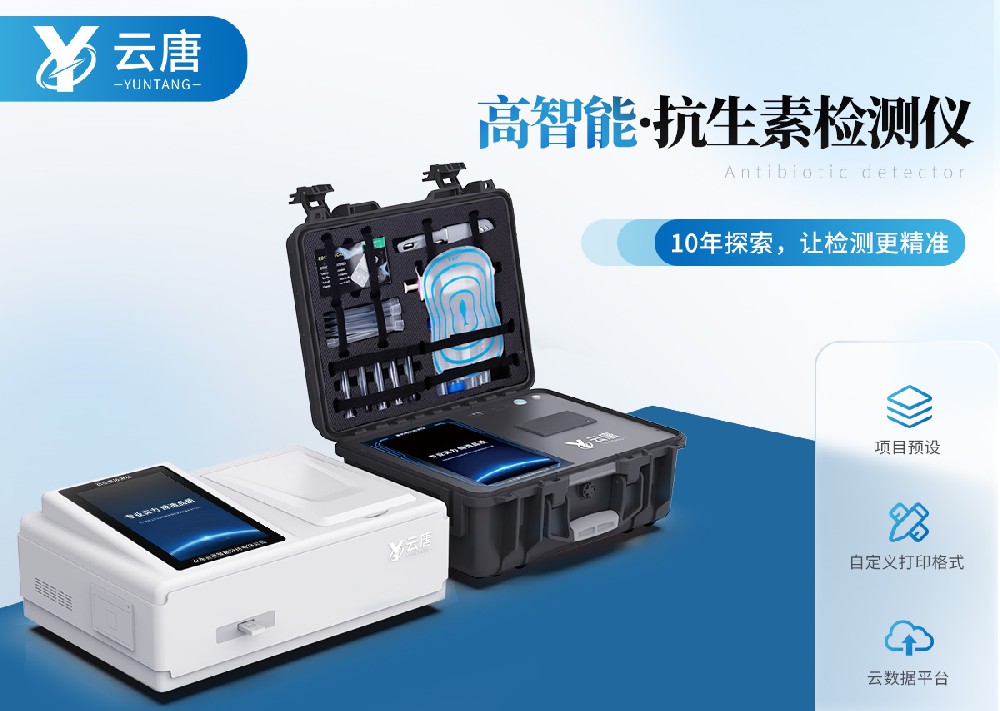WhatsApp:
+86 18866361895
WhatsApp:
+86 18866361895
Vegetables, fruits, and other ingredients in the school cafeteria must undergo strict pesticide residue testing before entering the kitchen. This device is widely used for rapid de···
 在线咨询
在线咨询

Vegetables, fruits, and other ingredients in the school cafeteria must undergo strict pesticide residue testing before entering the kitchen. This device is widely used for rapid detection of agricultural products such as vegetables and fruits, and can accurately identify residues of organophosphorus and carbamate pesticides. Its key parameters include: detection channels: multi-channel design, such as 5, 8, 10, 12, etc., each channel works independently, flexible selection, ensuring * * detection. Main control chip: using a 32-bit ARM processor, it has fast running speed, strong stability, and ensures the accuracy of detection results. Display mode: 5-inch LCD touch screen, user-friendly Chinese operation interface, intuitive reading, easy operation. In addition, the pesticide residue detector also has intelligent self checking function, which can automatically detect repeatability and support national and industry standards. The detection results intuitively display the enzyme activity intensity, helping to determine the effectiveness of the detection.
In addition to pesticide residues, heavy metal pollution is also a major hazard to food safety. The school cafeteria uses a heavy metal detector to detect the content of heavy metals such as lead and cadmium in ingredients, ensuring their safety. This device has high sensitivity and stability, and can quickly provide detection results, providing timely data support for cafeteria management personnel.
Microbial contamination is another important aspect of food safety for rapid microbial detection equipment. The school cafeteria adopts a rapid microbiological detector, which can quickly screen harmful microorganisms such as Escherichia coli and Salmonella in food, effectively preventing the occurrence of food poisoning incidents. This device is easy to operate and produces accurate results, making it an indispensable tool for daily inspections in canteens.
In addition to the aforementioned equipment, the school cafeteria is also equipped with various testing devices such as food additive detectors and edible oil quality detectors, covering all aspects of food safety. When selecting and configuring these devices, actual needs and testing standards are fully considered to ensure the accuracy and reliability of the testing results.
Laboratory management and data tracing: The testing work of school canteens not only relies on * * testing equipment, but also cannot be separated from a scientific management system. The establishment of the Laboratory Information Management System (LIMS) has achieved automation of processes such as sample registration, testing task allocation, data entry, result analysis, report generation, and archive management, greatly improving work efficiency and data accuracy. At the same time, through data traceability and sharing mechanisms, regulatory authorities and schools can grasp the food safety situation in real time, ensuring timely detection and handling of problems.